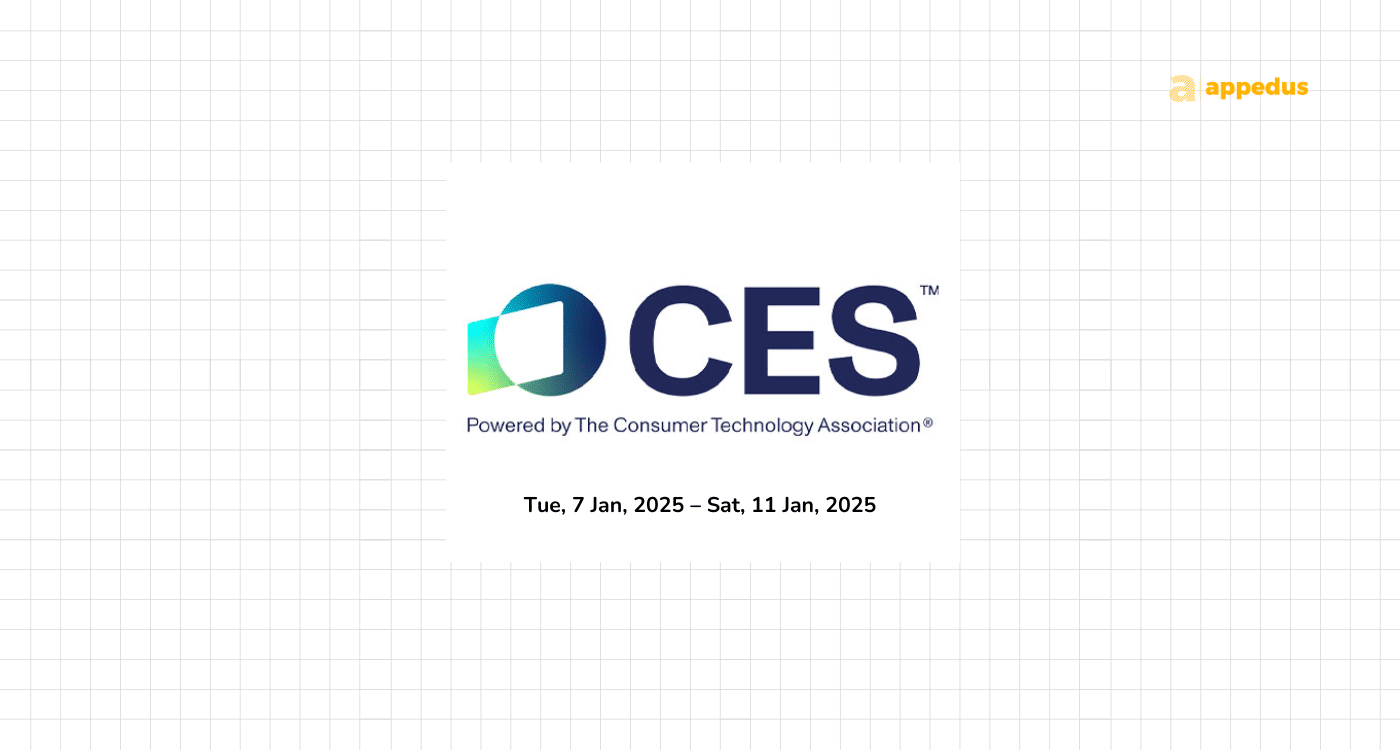While the acronym AI continued to take up the most oxygen in the convention hall this summer in Denver, augmented reality (AR) and virtual reality (VR) technologies continue to evolve as a practical classroom application as well. I was happy to have my annual VR state-of-play conversation Chris Klein, vice president of education at Avantis Education, who is frank about the potentials and pitfalls of these tools. Have a listen:
Avantis is the creator of ClassVR, an all-in-one VR/AR headset and content platform designed specifically for K-12 classrooms. Used by more than 2 million students in 200,000 classrooms in 90 countries, it includes all hardware, software, tools, training, support and implementation services needed to deploy VR/AR in the classroom. It also provides access to the Eduverse platform, ClassVR’s library of content which gives teachers access to hundreds of thousands of pieces of VR and AR content and resources to enhance lessons and engage students more deeply in their learning.
Key Takeaways:
- Evolution of AR and VR: From novelty to educational tool, AR and VR continue to integrate into mainstream education, enhancing engagement and learning outcomes.
- Educational Integration: AR and VR serve as supplements to traditional teaching methods, enriching lessons without disrupting established curricula.
- Future Hardware Development: Avantis teases a prototype of a device at ISTI, signaling a commitment to evolving hardware that aligns closely with educational needs and educator feedback.
- Industry Standards: The arrival of major players like Apple and Meta in the AR and VR space is expected to set industry standards and improve interoperability across platforms, benefiting educators and students alike.
New this year: ClassVR is launching Eduverse360 –an expanded library featuring more than 300,000 360° images and videos from around the globe allowing teachers to take students on compelling, immersive field trips without leaving the classroom. Responding to increased demand for curriculum-aligned content across all subjects, new math resources are also being designed to make learning relevant, accessible, and fun. Popular English resources have been expanded to support English language teaching for K-2 and English as an additional language. While in biology students can shrink down to insect size to see pollination in action like never before.
Avantis also introduced software enhancements designed to improve the user experience. These updates include:
- A redesigned homepage that features curated playlists and subject-based browsing for easier navigation.
- ClassVR’ s teacher and student notes can now be viewed in a sidebar alongside the VR content, enhancing the educational experience.
- Teachers will also benefit from the dynamic preview of 3D models, allowing them to quickly assess and view models with just a few clicks.
- User and content management enhancements, including streamlined administrator management of playlists and updates to administrator controls.
- New professional development options. Beginning July 1, 2024, all customers get free access to Avantis’ online continuing professional development (CPD) training materials to assist them with self-paced instruction on how to use ClassVR. New customers also have expanded options for training packages.












.jpg?itok=F2C4uk0x)






Discussion about this post